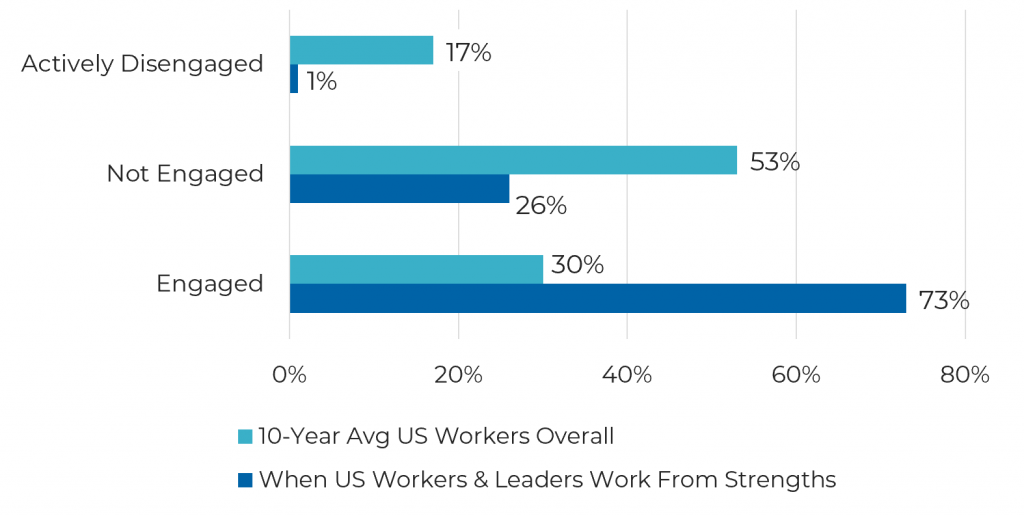Have you figured out how much money you are throwing at and potentially wasting concerning turnover costs? If not, revisit part one to input your variables in the formula to find out. If we can help you calculate your turnover, contact us.
From cost to investment.
Once you know what you’re spending on turnover costs, you can focus on reducing that waste by proactively investing in your culture and developing your employees so they happily choose to stay.
If your organization is spending approximately $24,000 on each new employee, what more could you accomplish if you reduced your turnover by just one employee, or one employee a month? That could be a savings of almost $300,000 a year. Again, these are just general examples. Your true cost could be significantly higher when you consider time, energy, and so much more.
Part of the $300,000 savings could go straight to your bottom line. But, in order to reap this result, some of those savings should be proactively reinvested in improving culture and developing your leaders.
Reducing turnover with strengths.
According to Gallup research, over the last 20 years, approximately 30% of the U.S. workforce is engaged (reference the graph below). Engaged employees love their job, volunteer to do more, and are the brand ambassadors living the mission. 53% of the workers are not engaged. These individuals come to work to collect a paycheck and are counting down to retirement. 17% of the workers are actively disengaged. They complain about everything to anyone who will listen. Not only do they not get their work done, they reduce productivity and morale for the team.
But, when workers and leaders work from their strengths and encourage others to work from their strengths, the numbers shift significantly for the positive. What more could you accomplish if the percent of your engaged employees went from 30% to 73%?

Would more goals be met?
Would there be less in-fighting?
Would morale be higher?
Would you be more profitable?
Consistency yields StrengthsFirst results.
I’m here to tell you this is not a quick fix that happens over night after one strengths session. We do see positive results, but true, quantifiable results take consistency.
In Gallup terms, it’s a 3-step process “Name. Claim. Aim.” Once you take the CliftonStrengths assessment and learn your top 5 or unlock your full 34 (we encourage the full 34), you now have names or synonyms to use to describe your talents or strengths. Once you understand them, you claim them as your talents. The work doesn’t stop there. You invest your time to aim these talents as positive strengths for others and for the team as a whole.
At Partner2Learn, we want the individual first to understand themselves and the value they bring. We encourage them to take weakness out of their vocabulary and replace it with partner-up opportunities. This action allows them to form a StrengthsFirst mindset. From there, we can truly appreciate others and acknowledge the need for others and their unique strengths, especially those we do not have.
We follow up individual sessions with team learning sessions to help the team create a StrengthsFirst culture. We provide activities, case studies, and action steps to help build and maintain the culture.
A great place to work.
You can ask your employees if they love their job, but will they give you an honest answer? Turnover is a more accurate indicator and tracking the trend over time can help you see if you’re going in the right direction.
Curious how you can proactively save on turnover costs with professional coaching?
Do you want to improve your leadership and culture? Do you want to achieve more than you thought possible? Contact us today to learn how a StrengthsFirst culture can be the catalyst you need.
